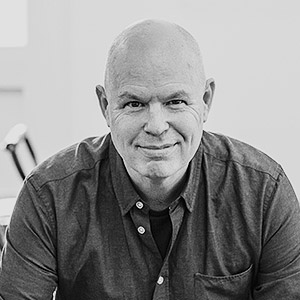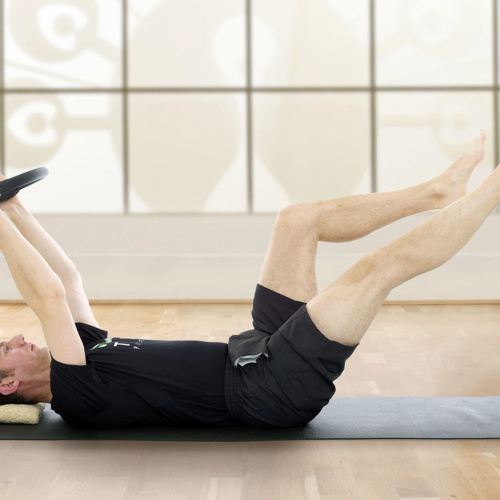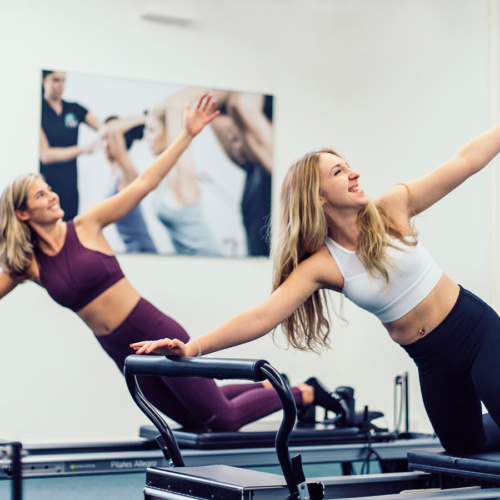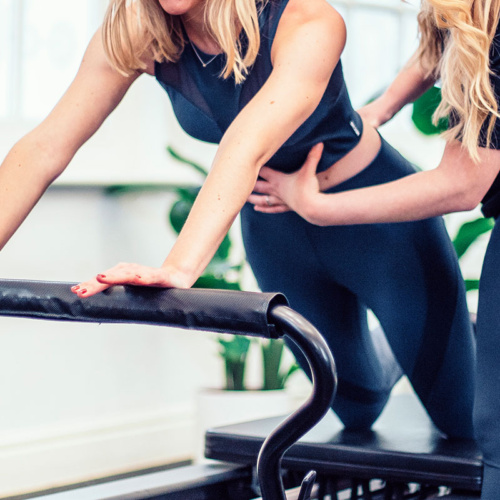Originally featured in GymOwnerMonthly
Have you thought about adding yoga or pilates to your offering? Justin Rogers, Creative Director at TEN Health & Fitness, explains the how’s, why’s and why not’s.
Two of the oldest disciplines in fitness, Yoga and Pilates are enjoying greater popularity over the last few years than ever before – complete with A-list ambassadors and legions of instagram fans. Their growth and appeal continues unabated, with new Pilates and Yoga studios launching and expanding across the UK on what seems like a weekly basis.
From a fitness operator’s perspective, there are a number of advantages to adding either or both disciplines to your offering including:
– increasing the number of services available under your roof
– adding extra revenue lines
– gaining access to a wider range of potential customers
– providing more variety to your existing customers
But should you?
Let’s assume you’ve already done the basics. You’ve run the numbers, and you’ve looked at the opportunity cost – the revenue lost either by not using the same space for something else, or because adding these classes means repurposing or reducing a space that’s currently generating revenue as say, gym space, a café or retail.
Assuming it stacks up financially, the next question is how well either or both disciplines fit with your brand and the rest of your business. Whichever you choose, it needs to be aligned with your values, approach and the rest of your products and services. If it’s not, your customers are unlikely to embrace it and your staff will be less keen to support it.
For instance, if you’re currently running a testosterone-heavy weights-based gym, it’s unlikely to be an environment that a spiritual, mindful, and 75% female Yoga audience is going to feel comfortable in. Let alone what your existing customers and staff will think about such a drastic change to the vibe they’re accustomed to.
Assuming you’re still with me, the next question is which discipline to offer (or both). And that’s down to a number of factors, including:
– the amount of competition around you
– which you think you could do differently, or better, than anyone else in your area
– which fits best with everything else you offer
– your appetite for managing class schedules and trainers
– how much space you have available
– how much time you have available within any existing class schedules (better to add one new
The differences – from an operator’s point of view
This isn’t about the differences in approach, techniques or methodology – you can find plenty of people online who’ll define those more neatly than I can – though from experience, don’t expect them all to agree with each other!
Here, I’m talking about the operational differences – what it will mean for you as a fitness business owner or manager. How much investment, how much space and what facilities you’ll need.
Yoga
Yoga comes in many different forms, from dynamic and vigorous (Ashtanga and Vinyasa,) precise and detailed (Iyengar) to the restorative. Not forgetting the various Hot Yoga options. So you’ll need to decide which to add to your schedule – and if you choose more than one – what to schedule when. There can also be significant differences in the standard of instructors.
Pilates
At least at first sight, Pilates is a simpler proposition. There’s less ‘woo’ and less variation between one interpretation and another. Instructors are also more consistent in standard and approach, particularly if they’ve qualified through a reputable body – Stott or Body Control are both excellent.
There’s definitely a bigger audience for Yoga, but there’s also much more competition. And perhaps because of the differences between instructors, keen yogis are often more loyal to an instructor than a studio.
Space and equipment
The space you have available will have a bearing on what you can offer.
Unless you’re going for the Hot option, a yoga Studio can be set up with the minimum of investment. The same is true of Mat Pilates. A room, mirrors and some mats is pretty much all you need for either.
Pilates’ greater focus on individual attention and hands-on correction means classes are usually smaller than with Yoga – at Ten, we limit numbers to 10 clients per class. (For Yoga providers, 30 or more people in a session is not unusual.)
So the bigger the space, the more attractive Yoga becomes from a revenue point of view at least.
While both disciplines can be taught with the minimum of props, Pilates can be also be taught using specialist equipment – the Reformer, the Chair, the Tower and the Ladder Barrel are the most popular. This enables greater variety and challenge in a session – and a higher class price as a result. However you will need to allow more floor space per person than in a standard mat class.
At Ten, we’re all about the Pilates Reformer. While it offers a lot more flexibility and capability for both functional and rehabilitative work than a mat does, it’s a large and heavy piece of kit. Ours require 7-9 square metres of room space each depending on room proportions, and at 55 kilos, they’re not something you’d want to be moving around too often.
So think about what else you’re going to be using the room for. If you’re planning to run a mix of different classes, Pilates and/or Yoga alongside, say, Barre and dance classes, you’re better off keeping any equipment to a minimum to allow easier changeovers between classes.
Staff
Last but most definitely least, it goes without saying that specialist classes require specialist instructors. Properly qualified and experienced. So unless you already have Pilates or Yoga teachers on your books, you’ll need to find and hire them.
At Ten, we have our own industry accredited in-house Academy where we train all our Pilates instructors. But that’s not a necessary (or even advisable) route for anyone who’s just looking to add some variety to an existing fitness business.
Luckily there are plenty of really good trainers available in both disciplines. The vast majority are freelance, so likely to be visible online, and potentially open to offers.
Key things to look for are their level of qualification within their discipline, who they trained with, how long they’ve been teaching, and where else they teach. You can judge a fitness operator by the quality of its instructors – and vice versa.
But you can’t beat first-hand experience. So get a feel for their teaching style and skills, either by observing one of their classes, or asking them to teach a trial class to friends or staff (paid, of course).
Last but by no means least, you’ll learn a lot about them by looking at their social media feeds. What they say will tell you a lot about their interests and expertise. How they say it will tell you a lot about them as a person.
And that matters because bad energy is bad energy. And whatever they’re teaching you don’t want that.







